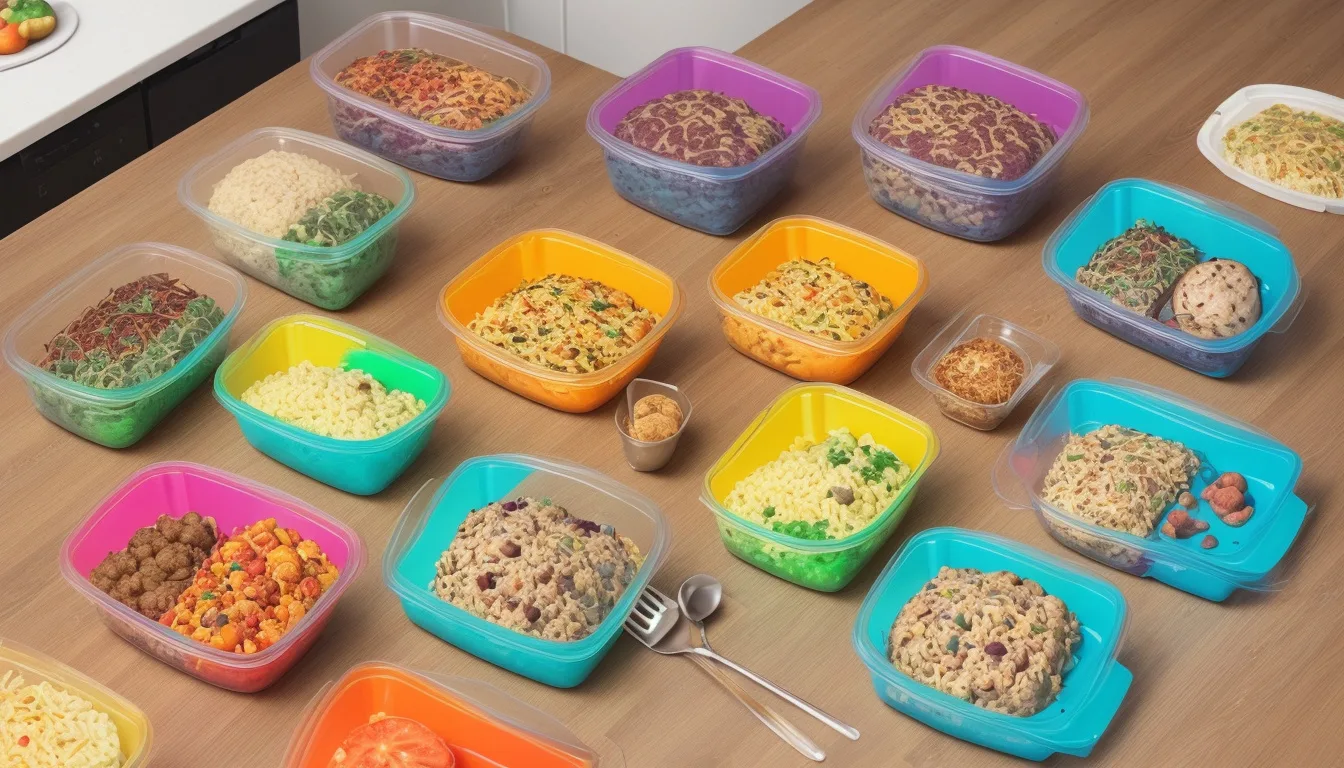
Carb cycling grows in popularity. It aims to drop fat while keeping muscle. This diet adjusts carbohydrate amounts on different days. It helps raise your metabolism, boosts workout strength, and speeds up fat loss. In this complete guide, we explain how carb cycling works, list its benefits, and share simple tips to work it into your life.
What Is Carb Cycling?
Carb cycling is a way to eat that swaps high-carb, low-carb, and sometimes zero-carb days during the week. You do not eat the same carbs each day. You change your carb amount to fit your daily activity and energy needs. On low-carb days, your body burns fat for fuel. On high-carb days, your muscles refill their energy stores and recover from exercise.
By planning when you eat carbs, carb cycling stops your metabolism from slowing down. It also keeps your hormones in check to help burn fat and save muscle.
How Carb Cycling Boosts Metabolism
Carb cycling works well with your metabolism. It does this in several ways:
- • Maintains thyroid function: When you eat very few carbs each day, your thyroid may slow down. With scheduled high-carb days, your thyroid works well.
- • Improves insulin action: Changing how many carbs you eat helps your body use insulin better. This helps move nutrients into muscles and stops extra fat storage.
- • Regulates hunger hormone: Your body makes more leptin on high-carb days. This hormone helps control your hunger and energy use.
These changes let you burn fat with less chance of losing muscle.
Benefits of Carb Cycling for Fat Loss and Muscle Gain
Carb cycling carefully mixes fat burning with muscle care. Its benefits include:
- • Quick fat loss: On low-carb days, your body burns stored fat.
- • Better muscle recovery: On high-carb days, muscles refill their stored fuel.
- • Prevents diet plateaus: Changing your carb days stops your body from settling into one routine.
- • Improved workout energy: Carbs on training days give you the power you need.
- • Flexibility: Carb cycling can fit different goals and stays easy over time.
How To Start Carb Cycling: Step-by-Step Guide
To use carb cycling well, try these steps:
1. Find Your Calorie Needs
First, work out how many calories you need each day. Use online tools that ask your age, weight, and activity level.
2. Set Your Macronutrient Balance
Split your calories among protein, fats, and carbohydrates. Most days, keep protein steady. Let fats rise on low-carb days and vary carbs a lot.
3. Plan High-Carb and Low-Carb Days
Use high-carb days on heavy workout days. On days with light exercise or rest, keep carbs low so your body taps stored fat.
4. Pick Good Carb Foods
On high-carb days, choose whole, complex carbs like sweet potatoes, brown rice, oatmeal, and beans. Stick to natural foods and skip refined sugars.

5. Watch Your Progress
Note changes in your body, energy, and workouts. Use these signs to tweak your plan as needed.
Sample Weekly Carb Cycling Schedule
| Day | Carb Intake | Example Foods |
|---|---|---|
| Monday | High-Carb Day | Brown rice, chicken breast, broccoli |
| Tuesday | Low-Carb Day | Salmon, spinach, avocado |
| Wednesday | Moderate-Carb Day | Quinoa, turkey, mixed veggies |
| Thursday | Low-Carb Day | Beef, kale, olive oil |
| Friday | High-Carb Day | Sweet potatoes, lean steak, asparagus |
| Saturday | Low-Carb Day | Eggs, mushrooms, zucchini |
| Sunday | Moderate-Carb Day | Lentils, grilled fish, salad |
Tips to Maximize Results with Carb Cycling
For the best results, try these tips:
- • Drink enough water: Proper water intake helps your body work better.
- • Keep protein steady: A steady protein supply defends your muscles.
- • Use strength training: Weight workouts add support for muscle care.
- • Stick to natural foods: Unprocessed foods keep you full and strong.
- • Stay patient and regular: Your body changes slowly with time.
Common Mistakes to Avoid
- • Eating too much on high-carb days: Stay within your limits to keep fat loss on track.
- • Skipping calorie goals: Stick to your set calorie amount even on high-carb days.
- • Forgetting protein: Do not drop protein; it helps fix muscles.
- • Poor meal timing: Eat carbs near your workouts to boost energy and recovery.
- • Missing rest: Sleep and rest are very important for your health.
FAQ About Carb Cycling
1. How often should I try carb cycling to see change?
Try carb cycling each week. Change your carb days to match your training. Many notice changes in about 4 to 6 weeks if they work out too.
2. Is carb cycling safe for me?
Carb cycling works for most healthy adults. People with health issues, such as diabetes, should ask a doctor before starting.
3. Can carb cycling help with muscle gain?
Yes. By planning high-carb days near workouts and keeping enough protein, carb cycling helps build muscle with low fat gain.
Expert Insight: What Research Says About Carb Cycling
Research shows that carb cycling is a sound way to change body shape and support metabolism. One study in the Journal of the International Society of Sports Nutrition found that planned carb changes help burn fat and keep muscle during calorie cuts. This view supports carb cycling as a useful diet plan.
Conclusion: Take Control of Your Metabolism with Carb Cycling
Carb cycling gives you a smart way to fire up your metabolism. It helps you burn fat fast while keeping muscle. By planning when you eat carbs around your exercise, you feel more energy and get stronger workouts. Whether you are new or stuck at a plateau, carb cycling can shift your body toward your fitness goals.
Ready to boost your fat loss journey and fire up your metabolism? Start your carb cycling plan today and see results fast. Ask a nutrition expert to shape your plan for the best effect. Your body and goals are in reach.
[center]Always consult with your doctor prior to making drastic diet changes.[/center]
[center]As an Amazon Affiliate, Savvy Keto makes a small commision (at no extra cost to you) on any purchases you make thru affiliated links you click on.[/center]




